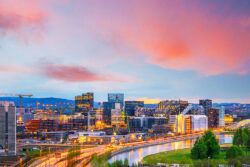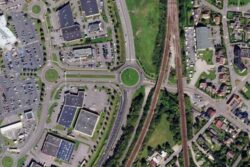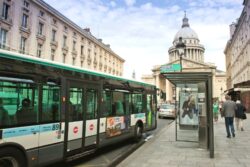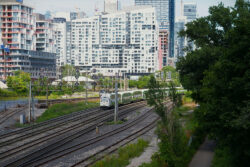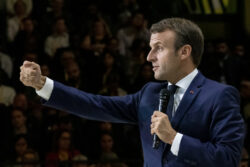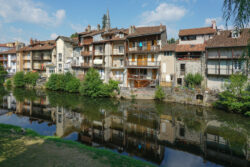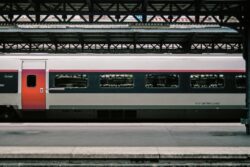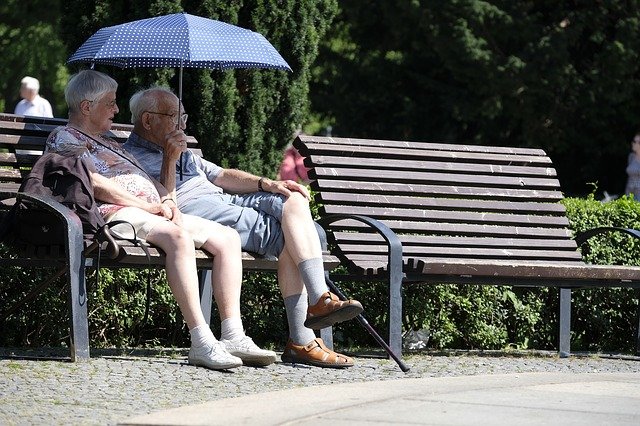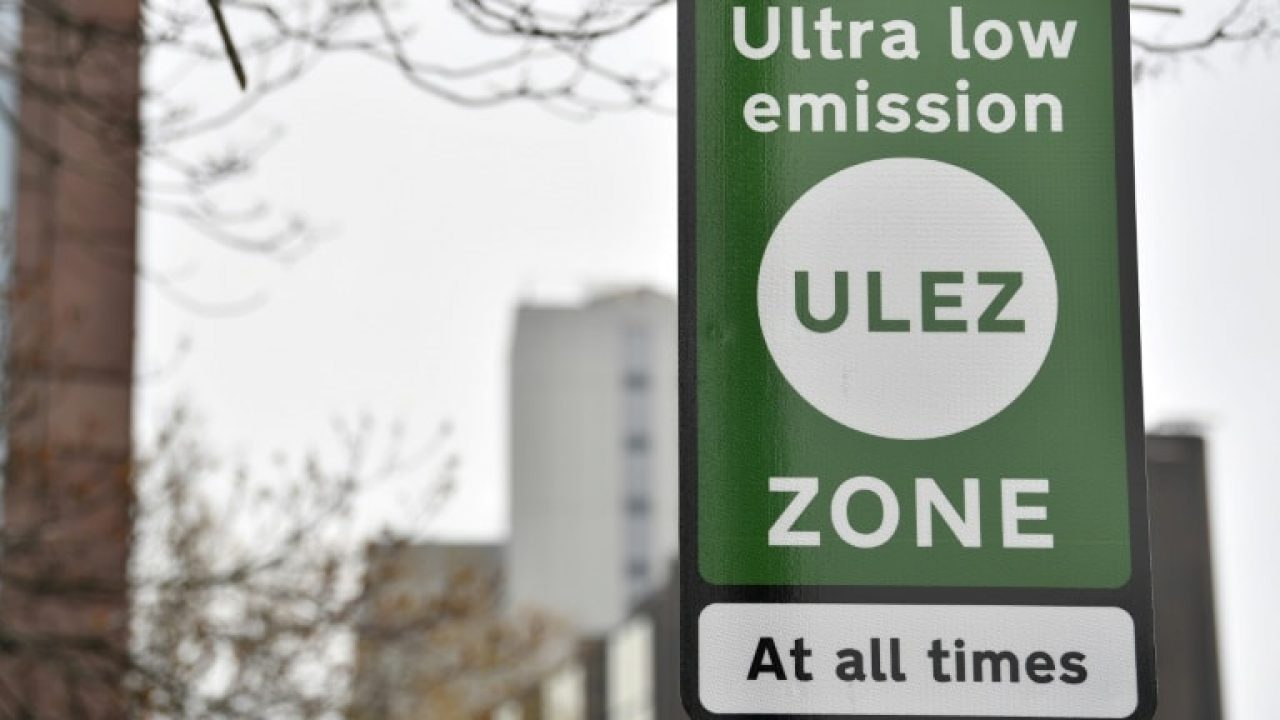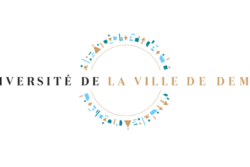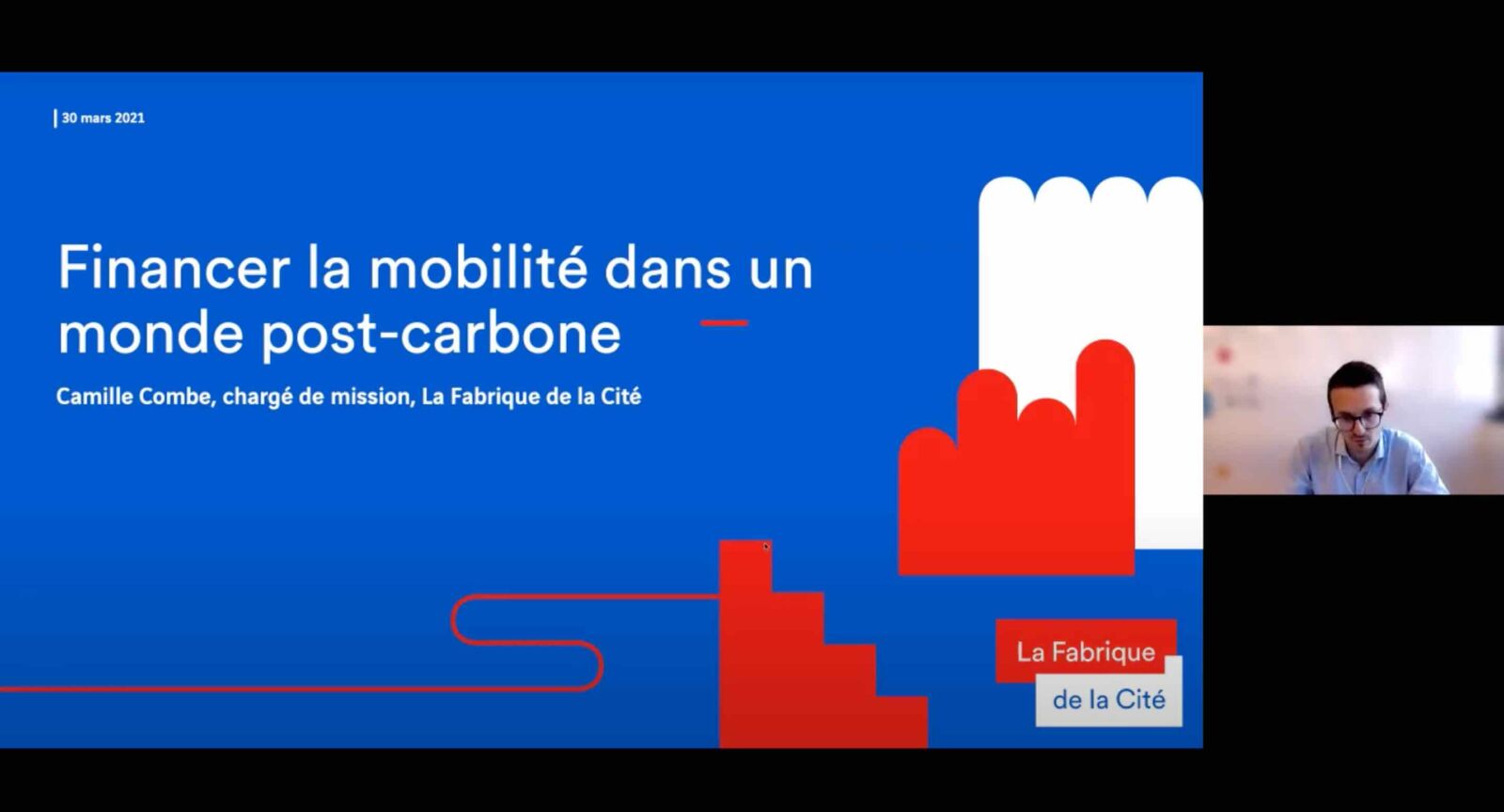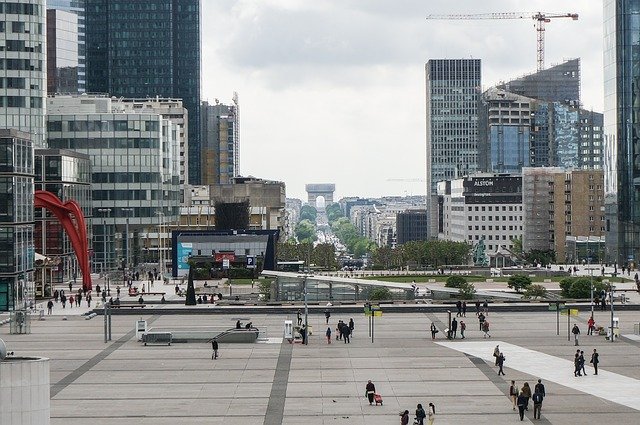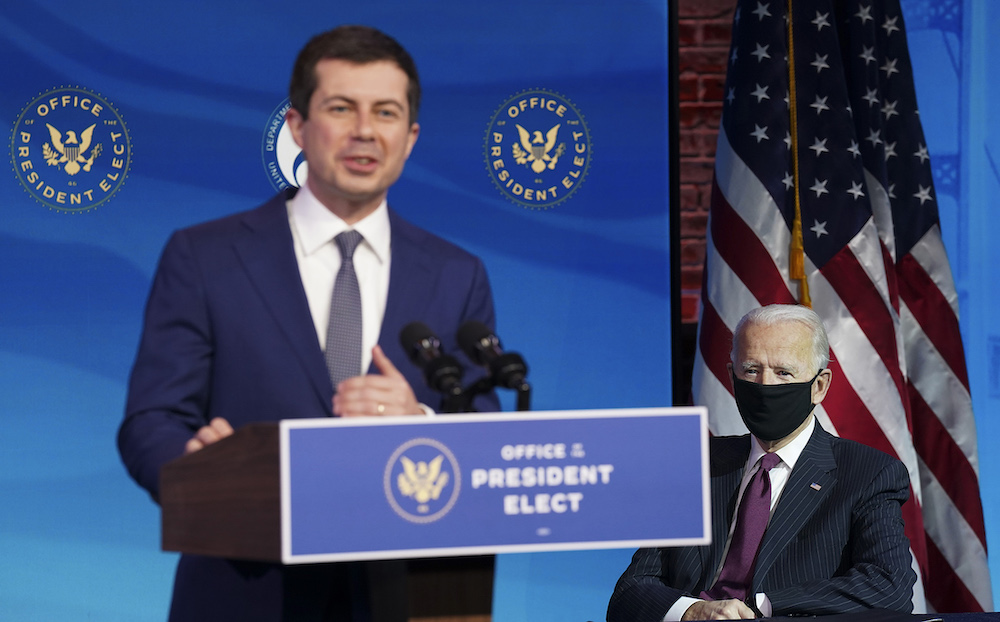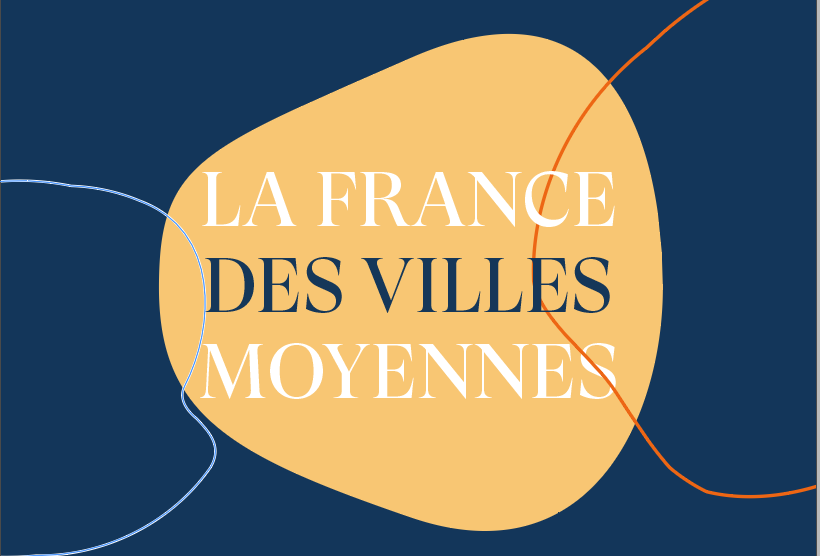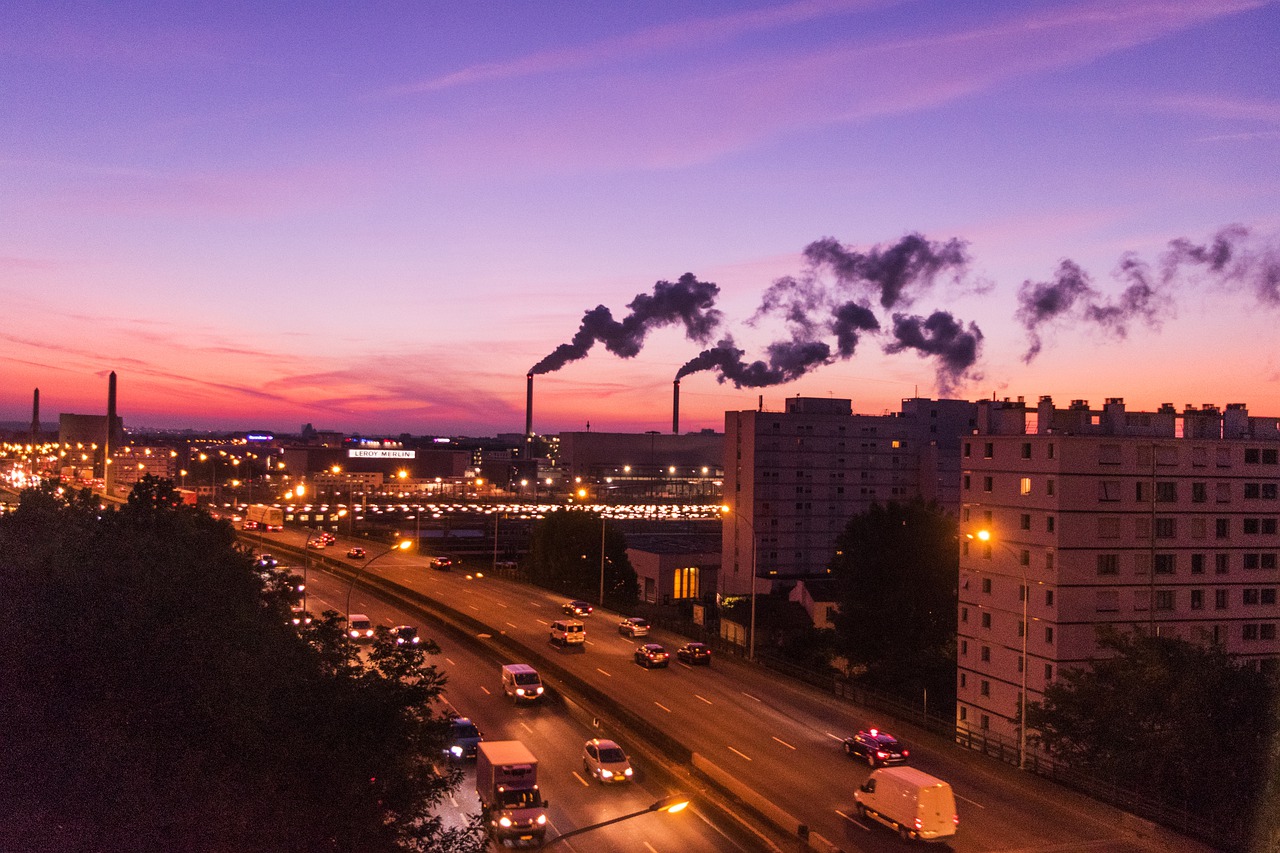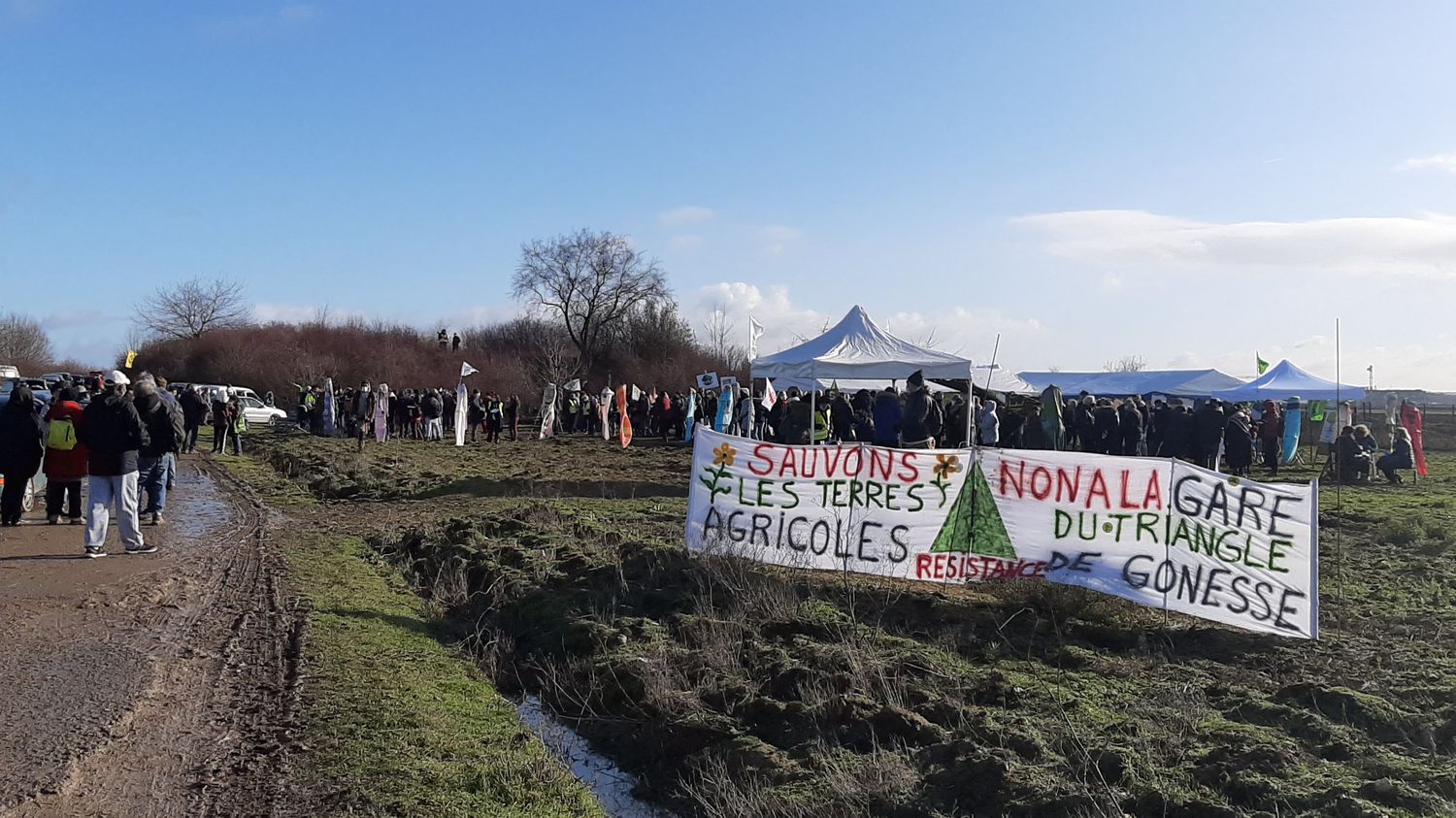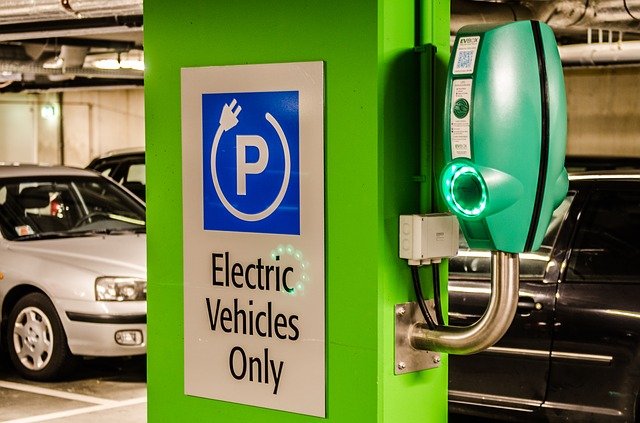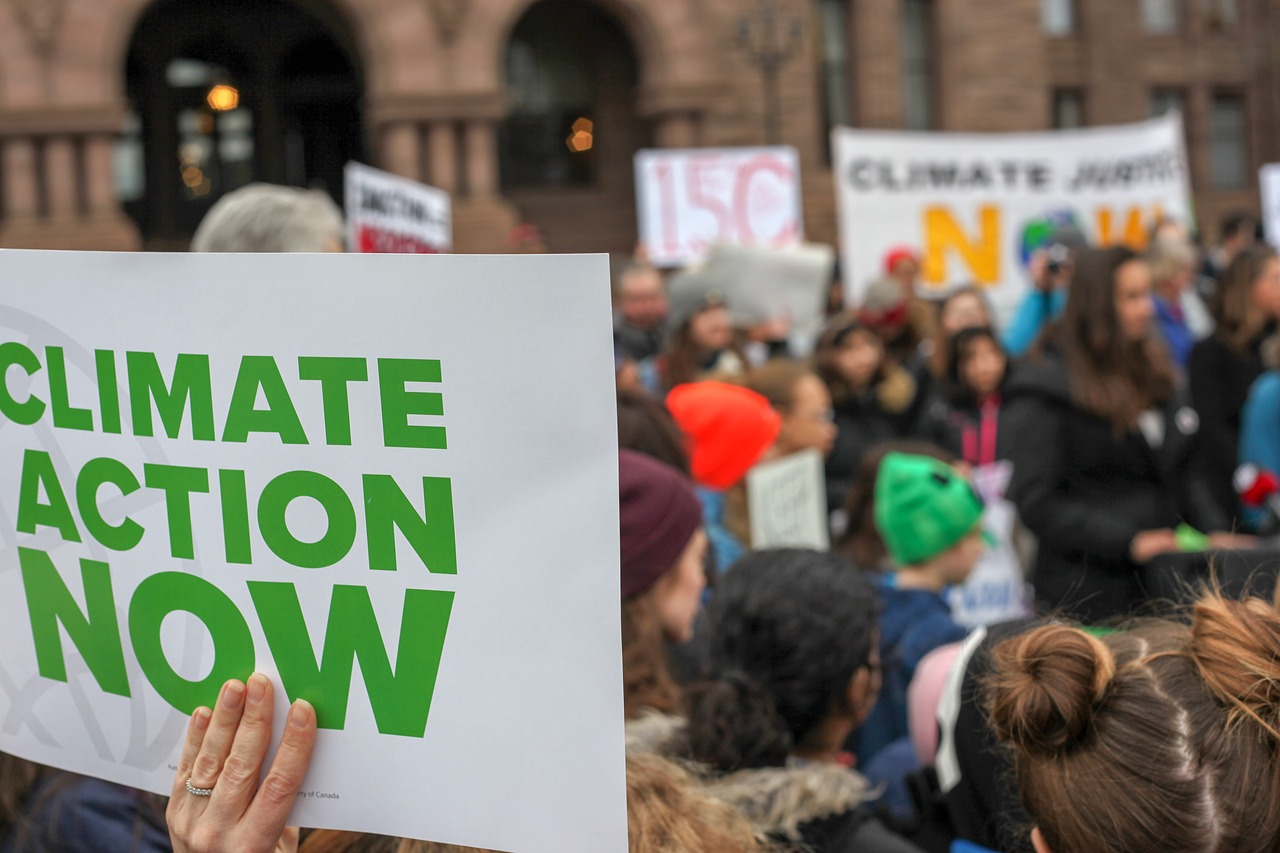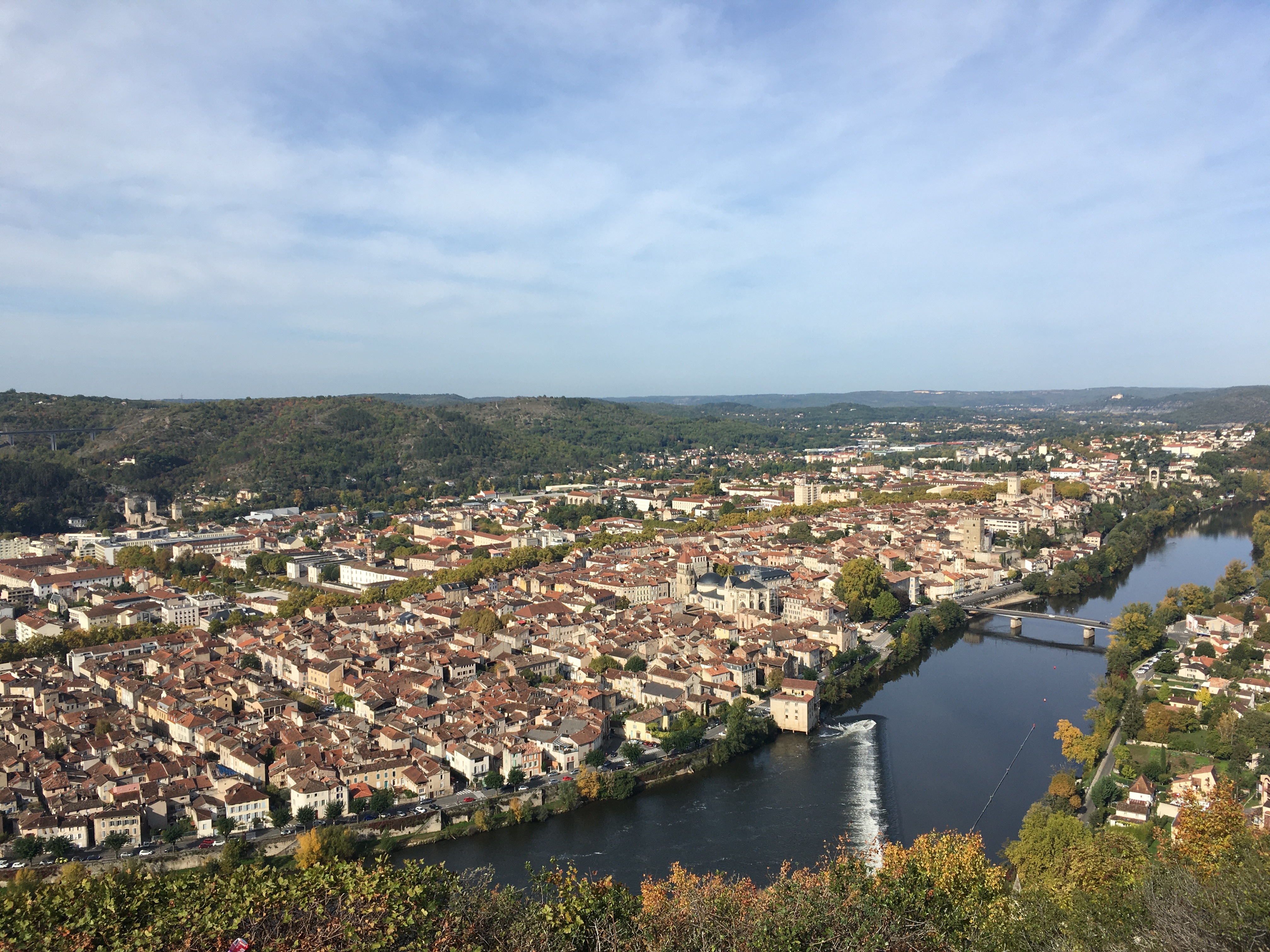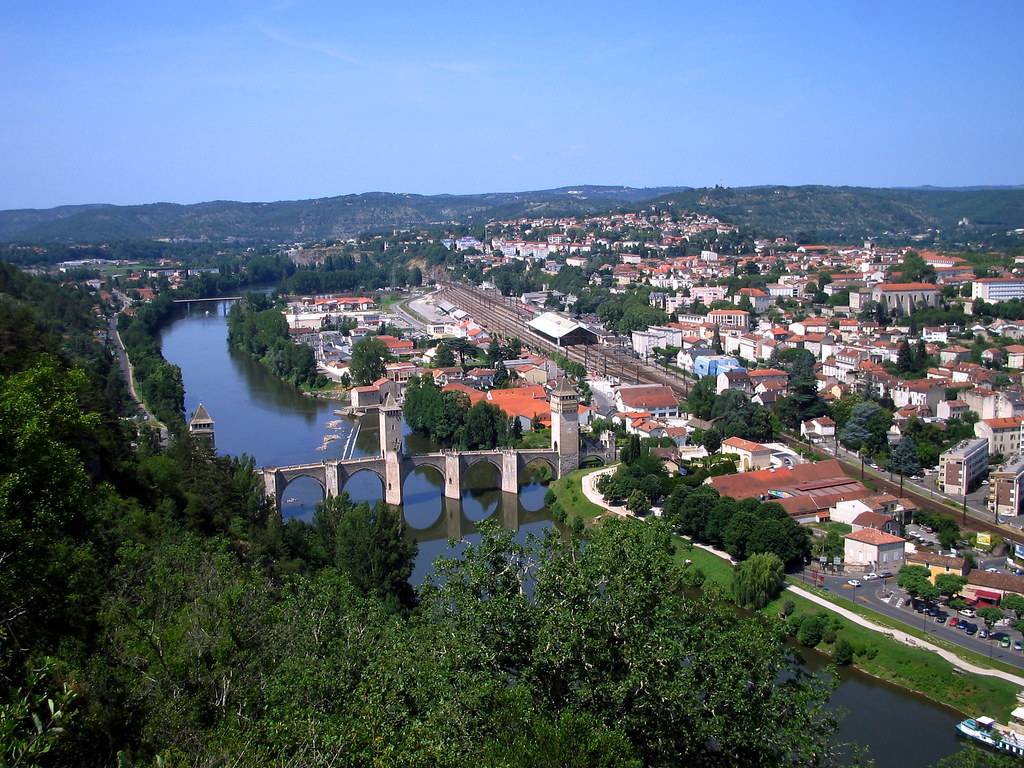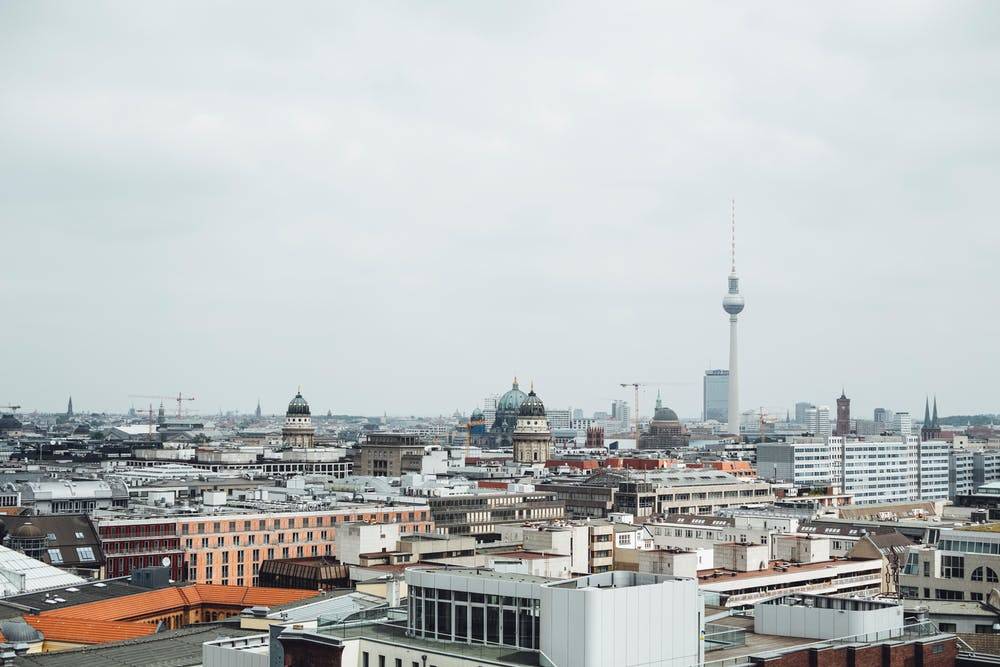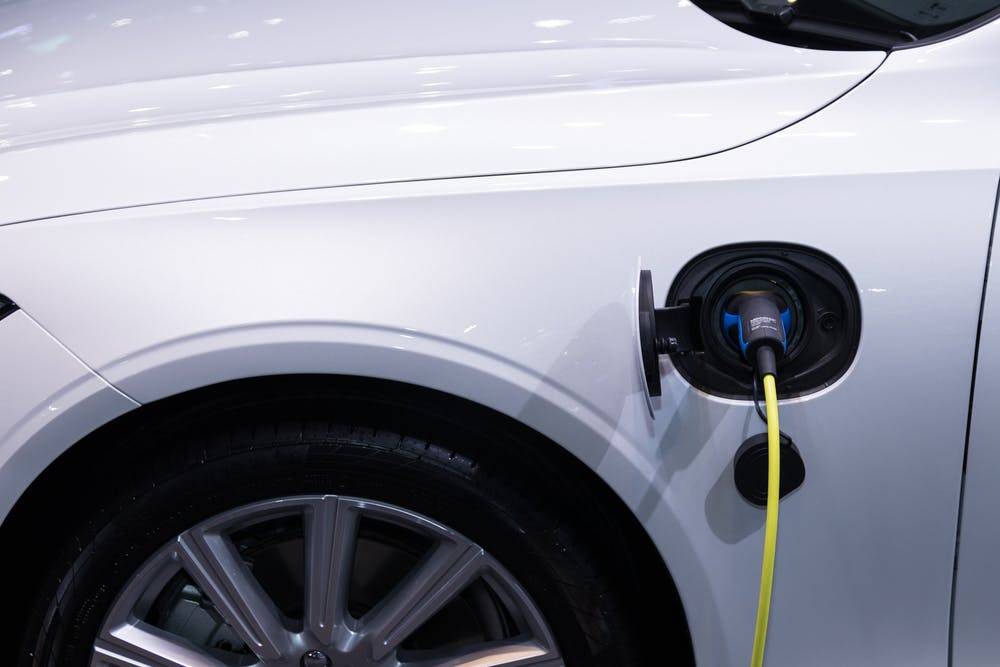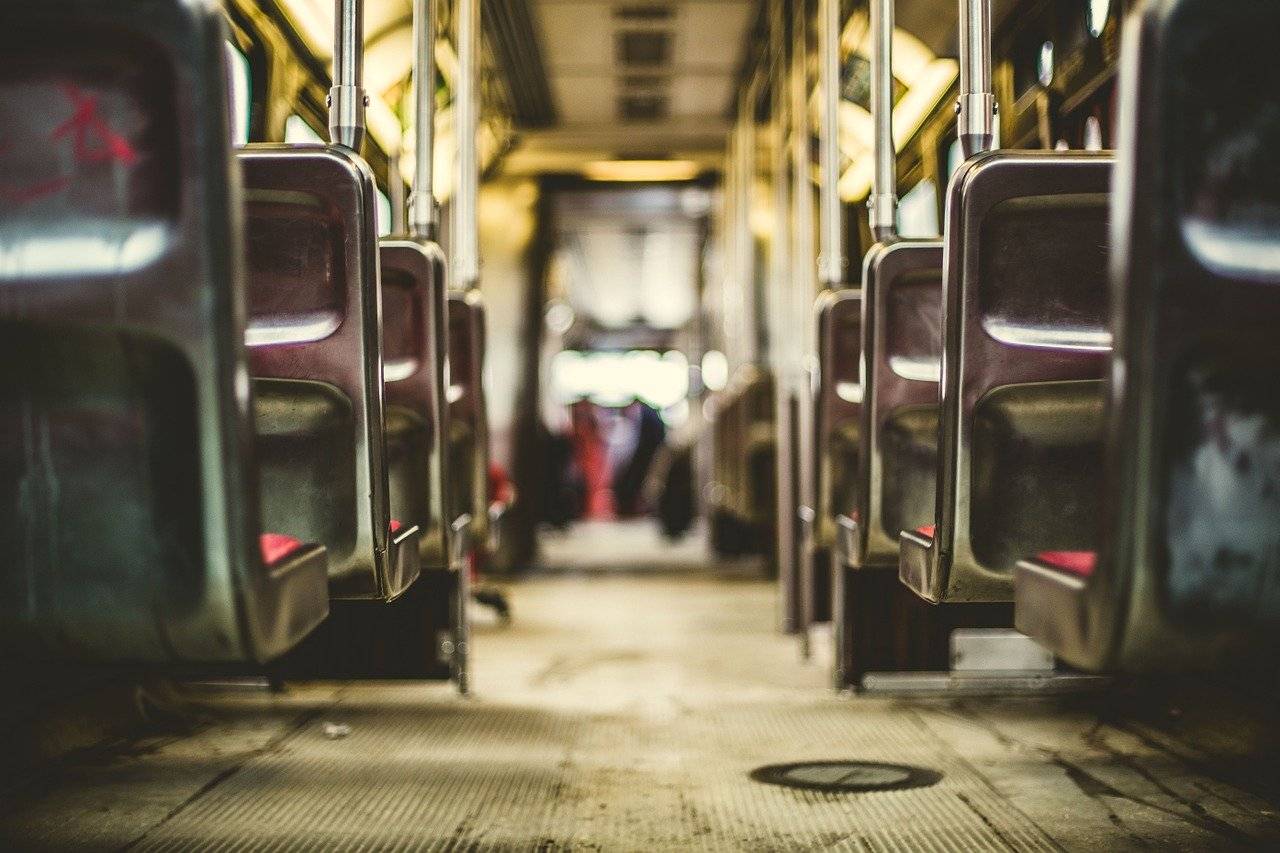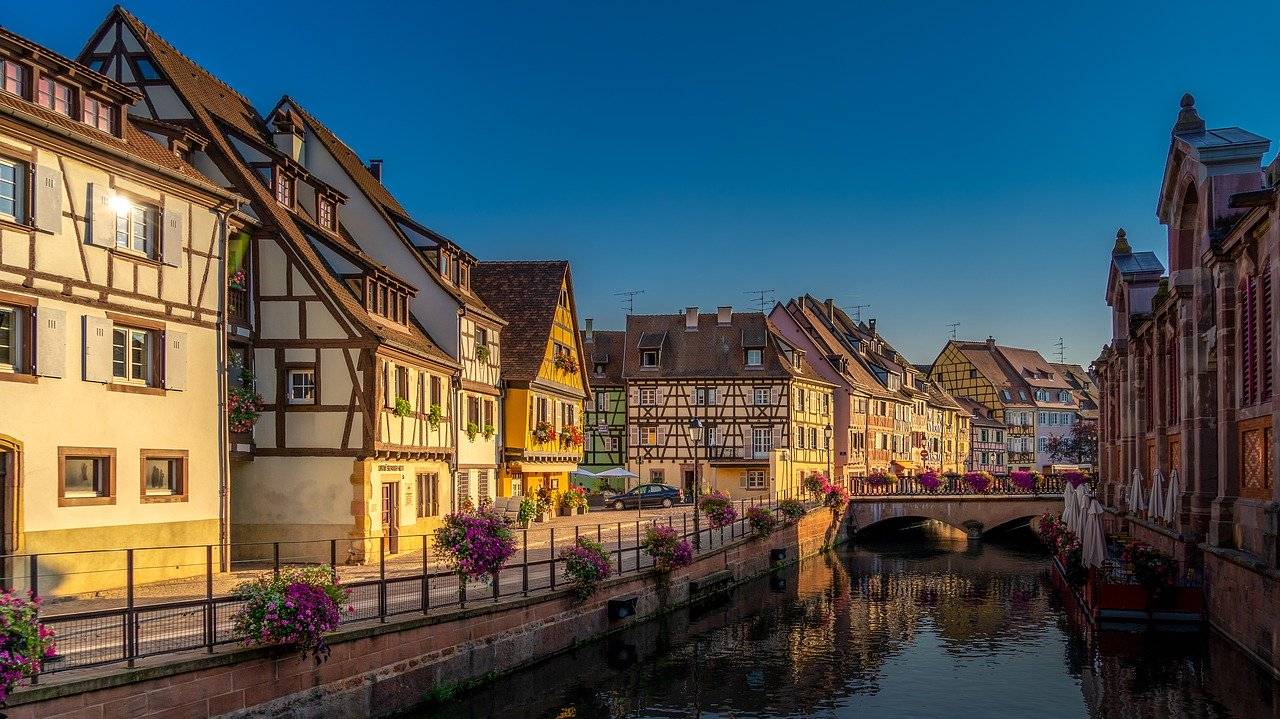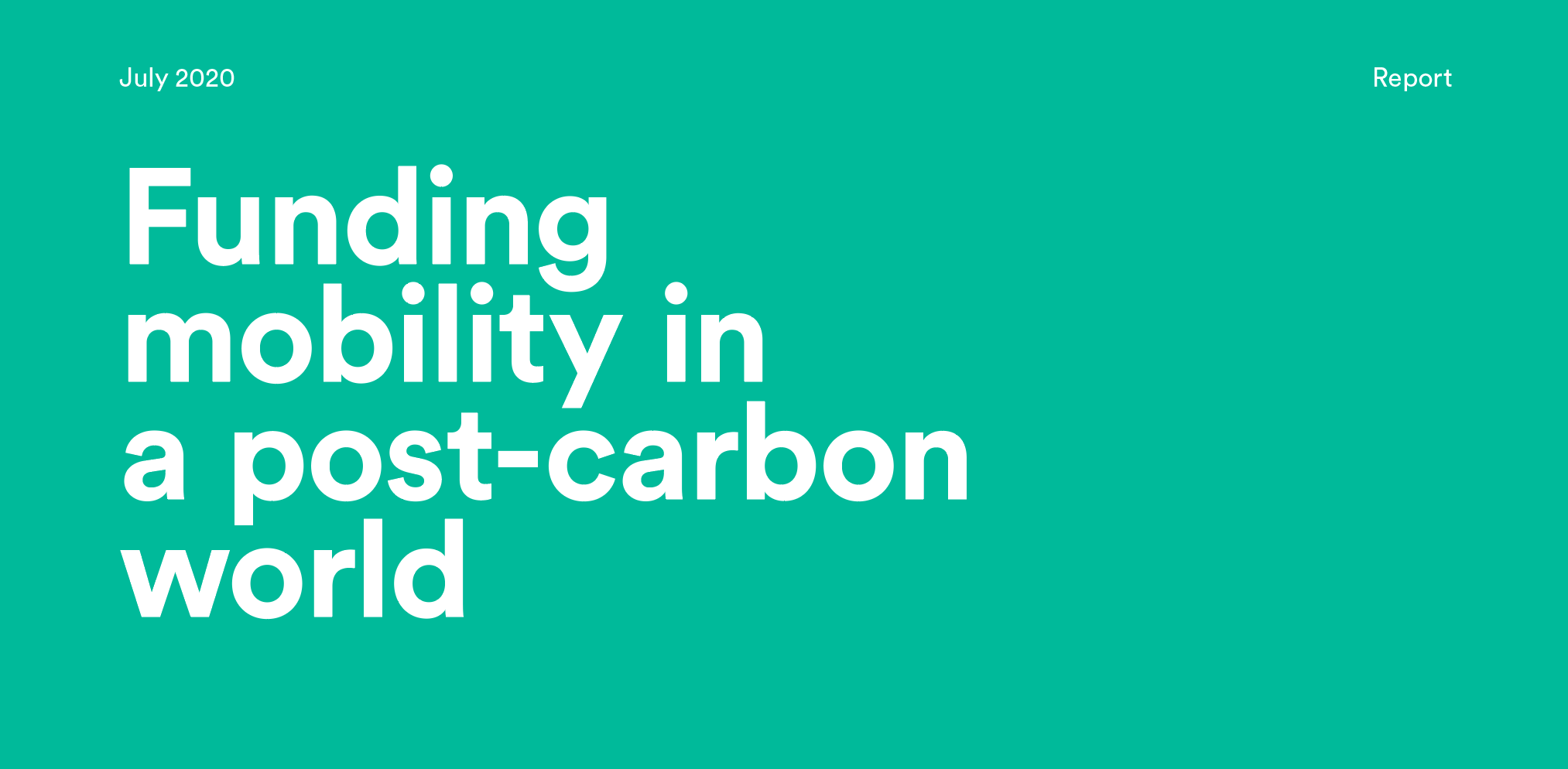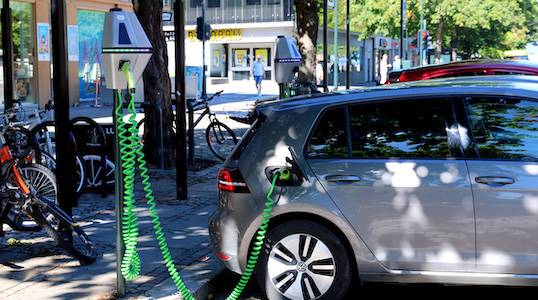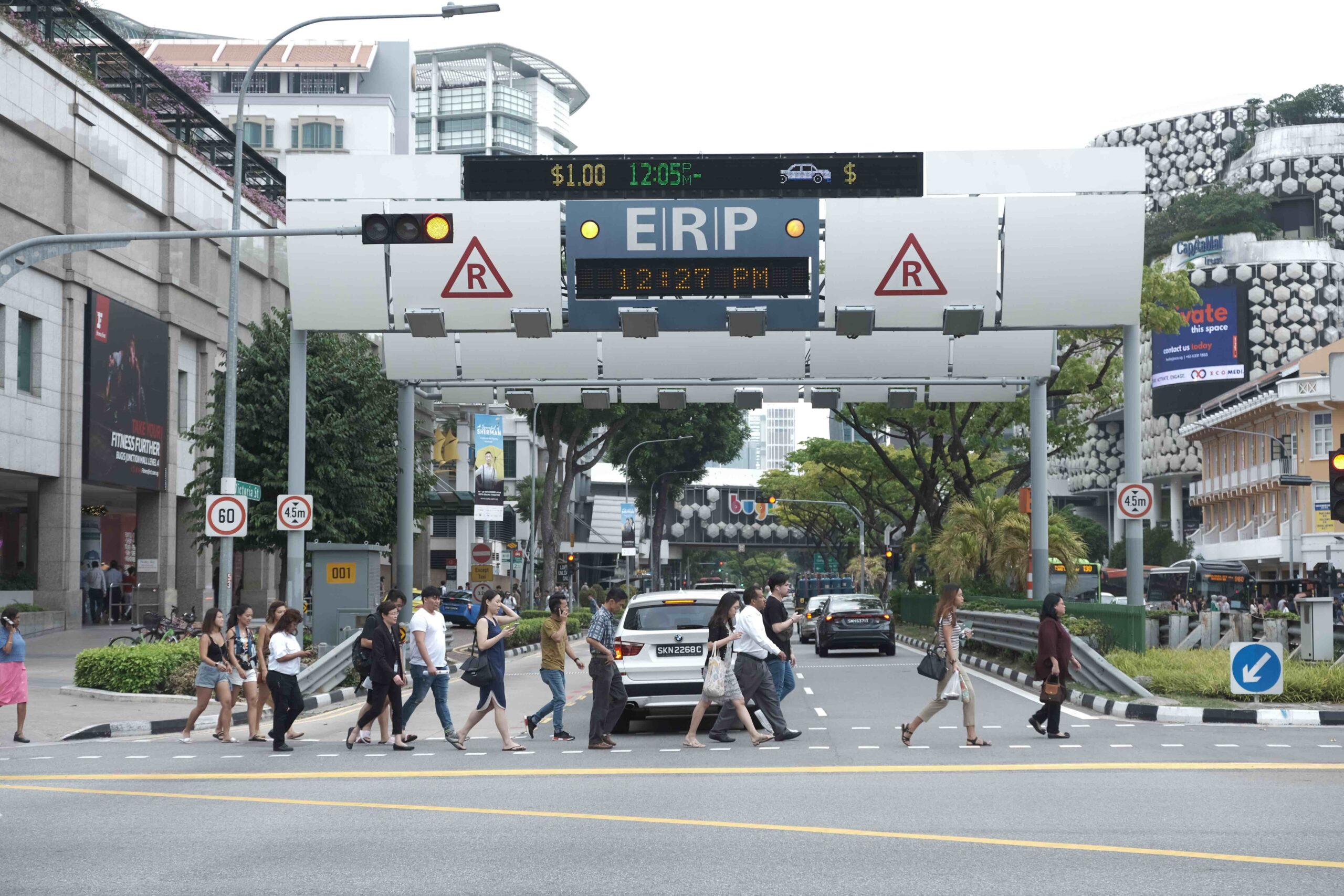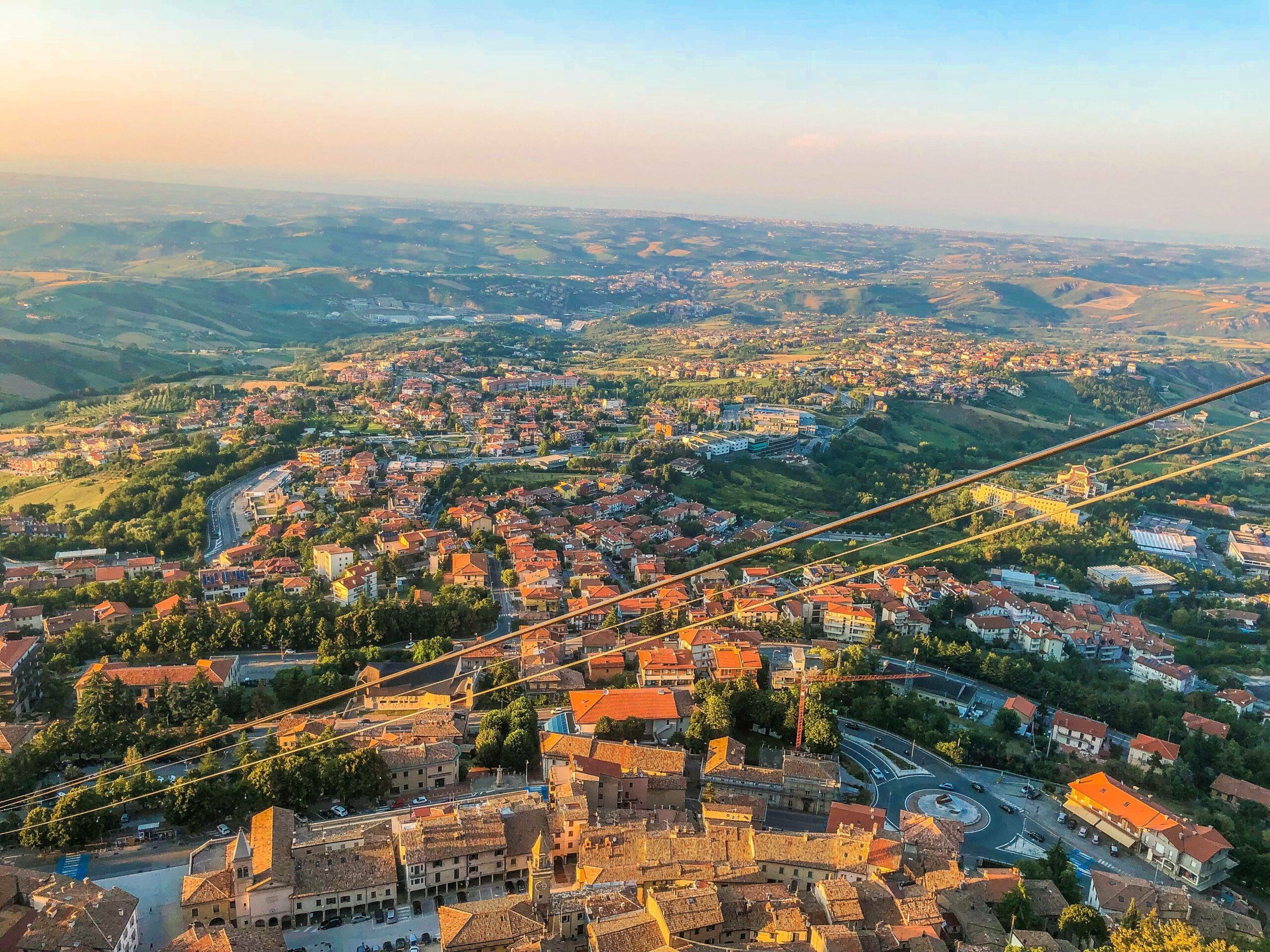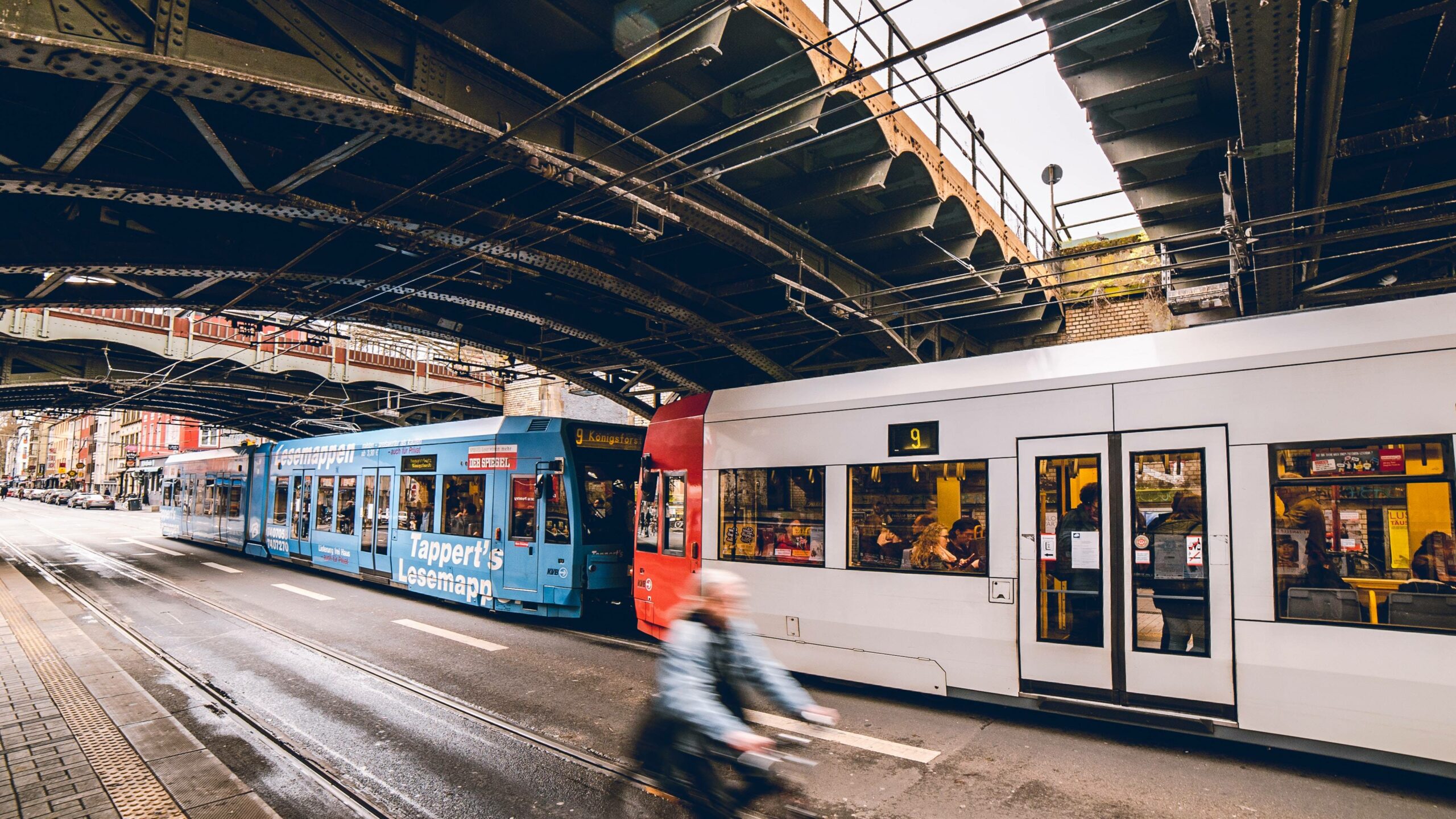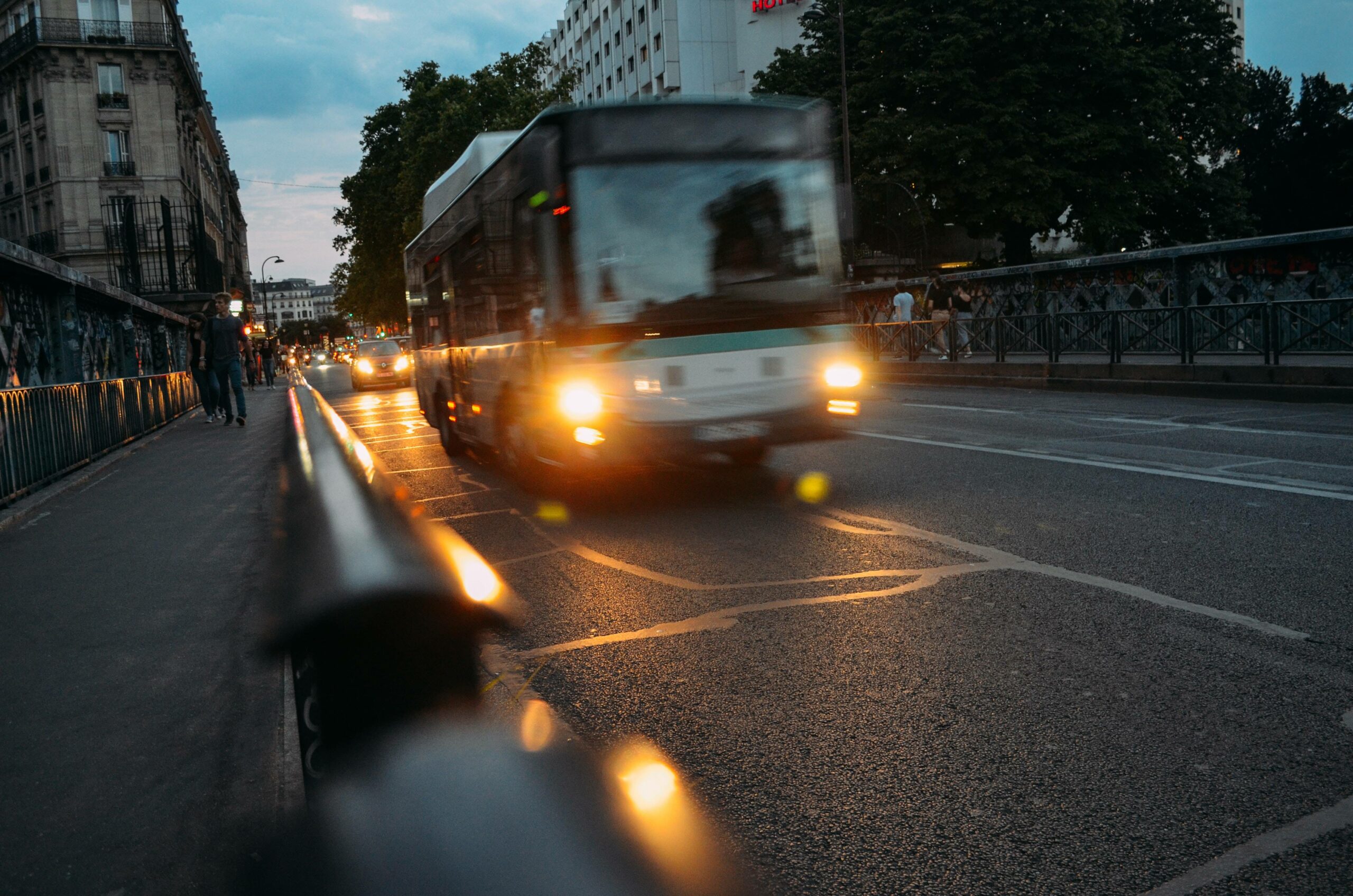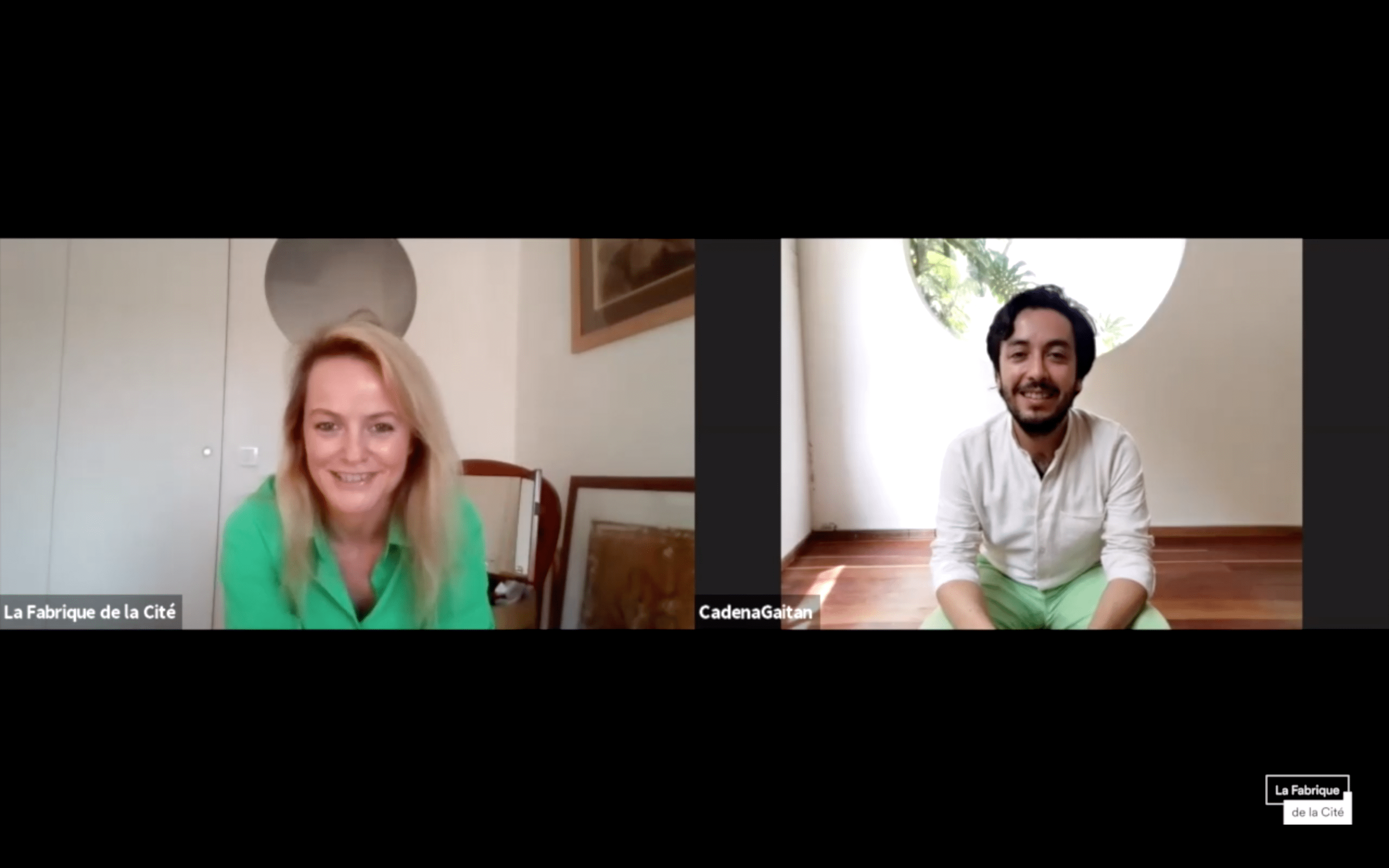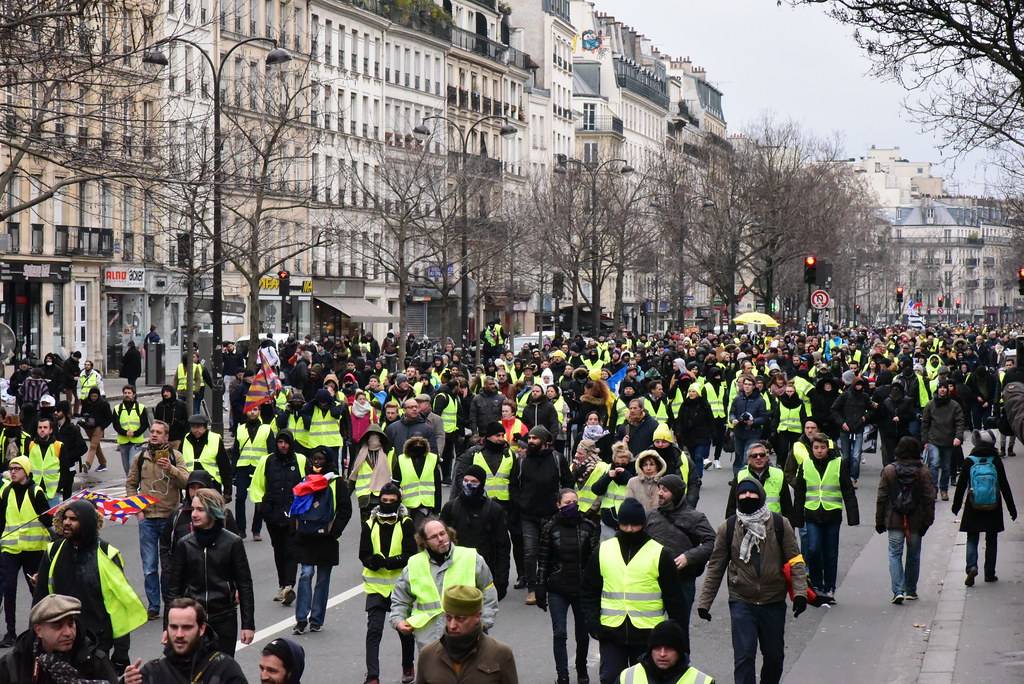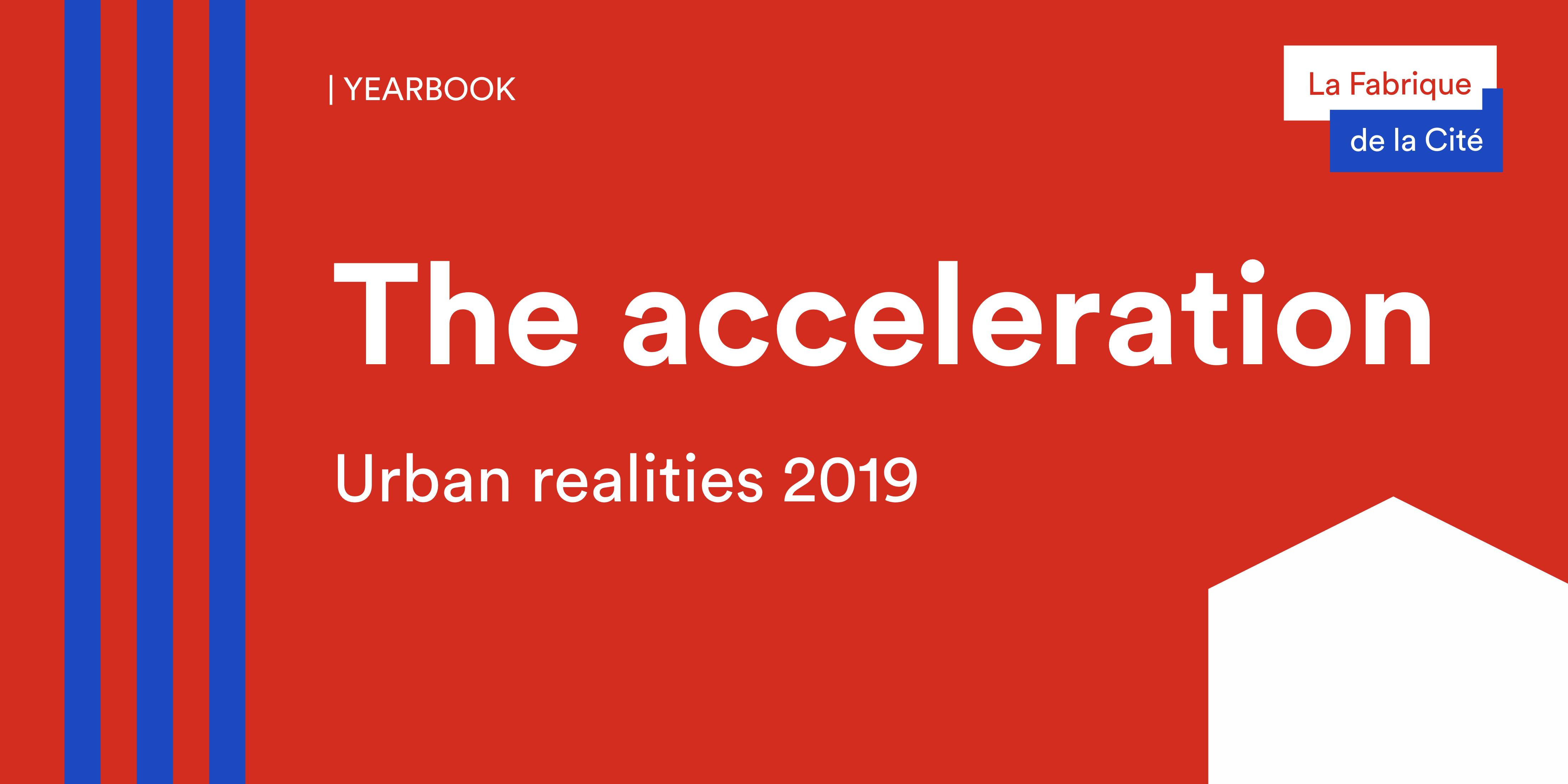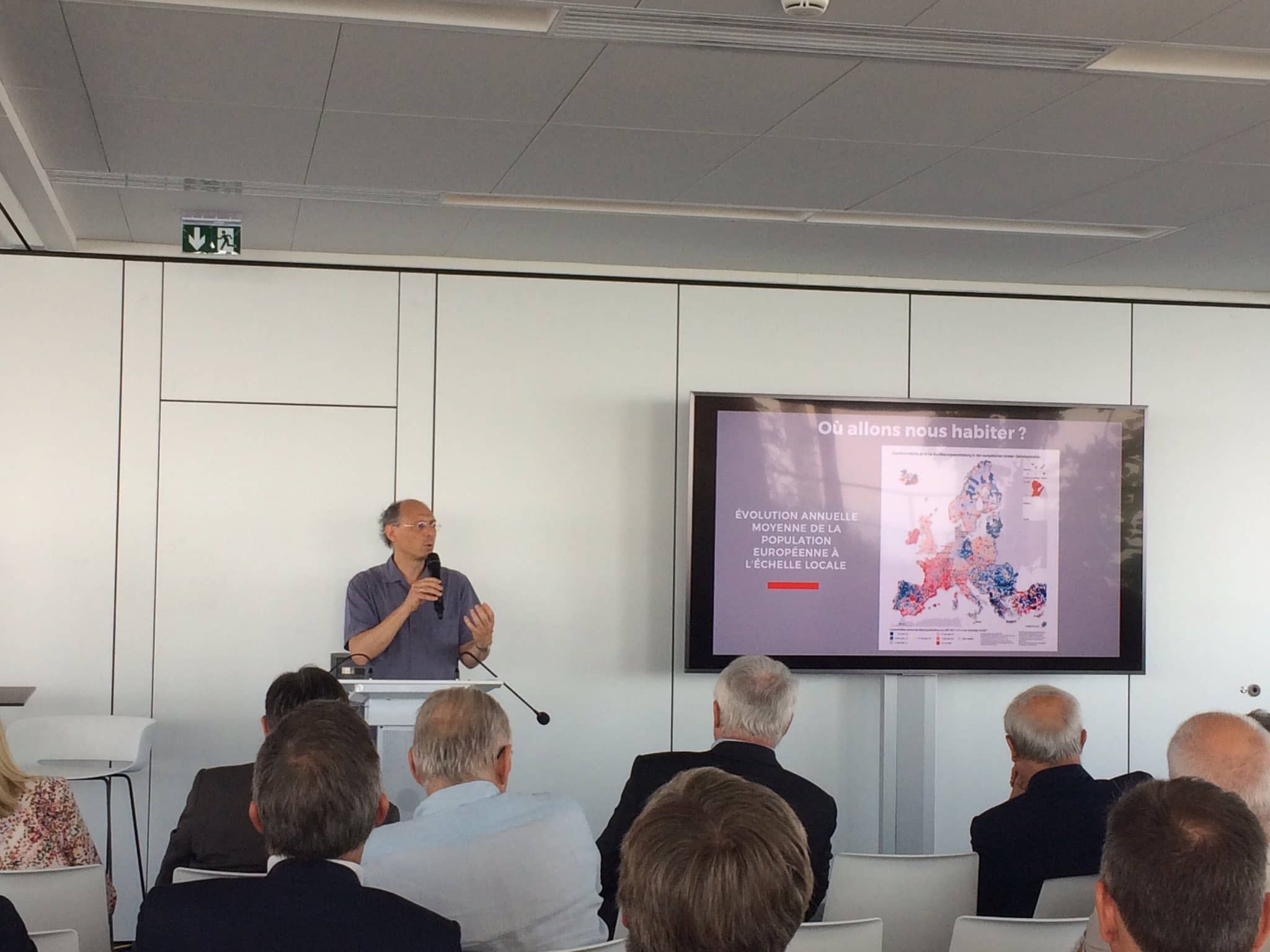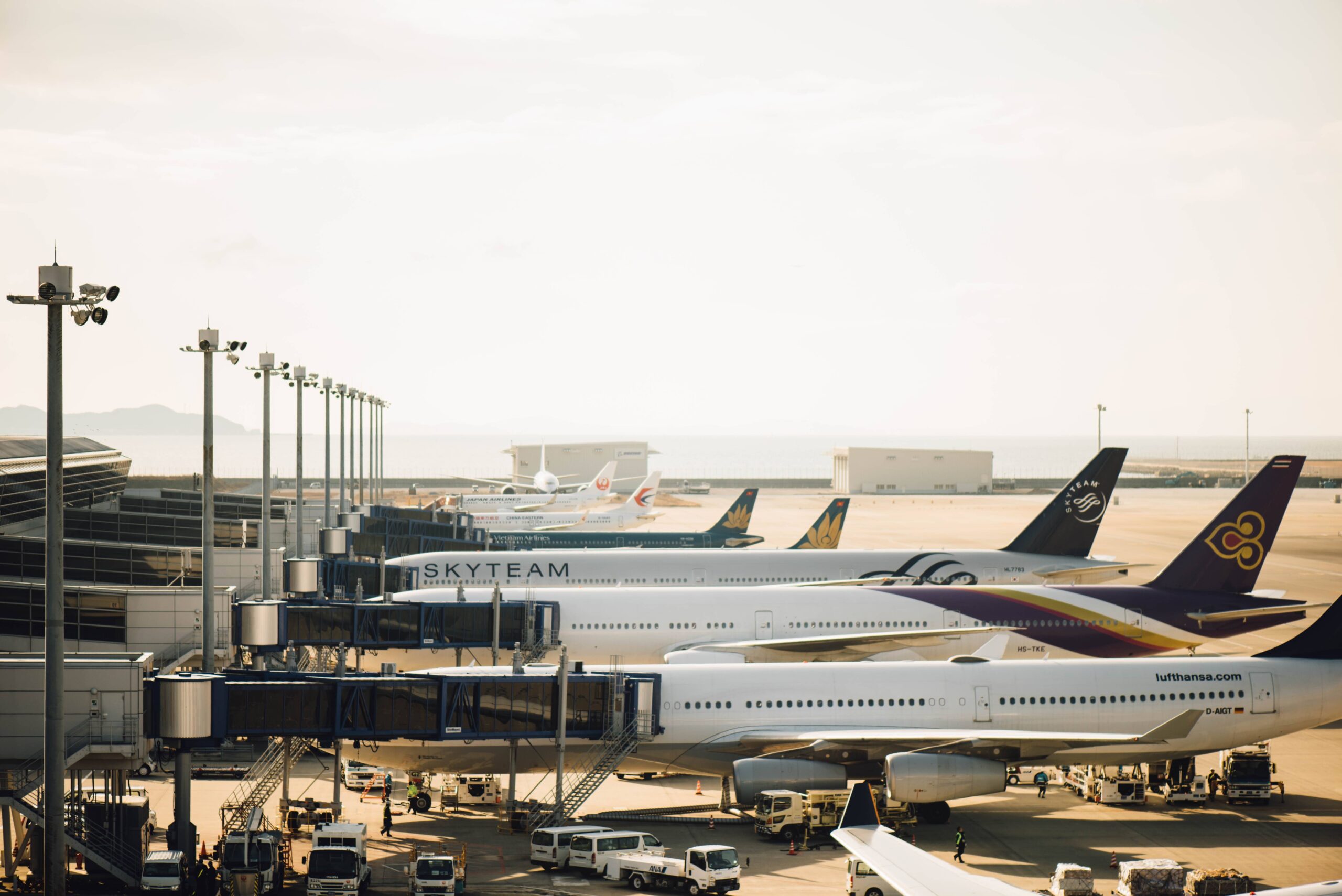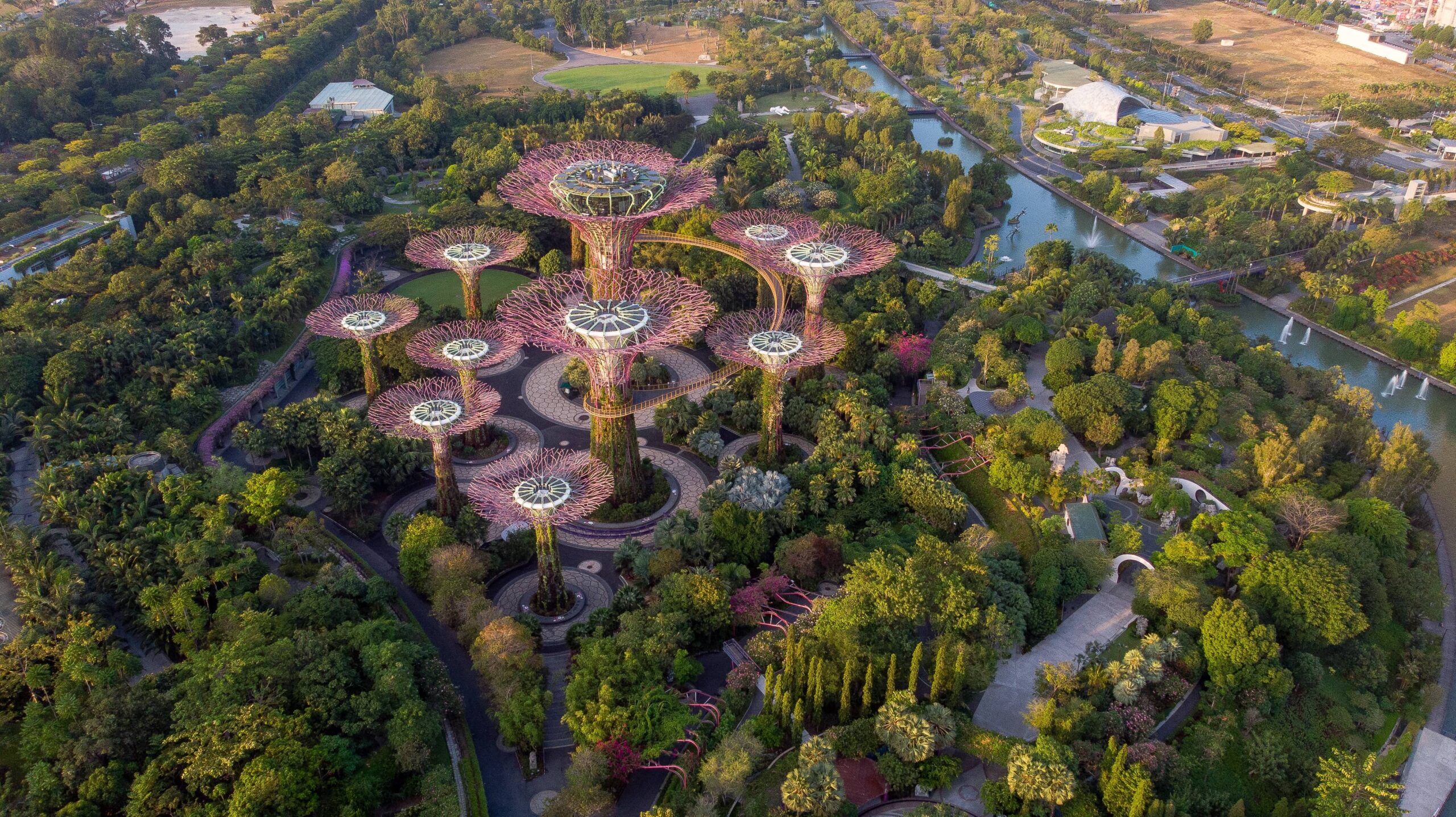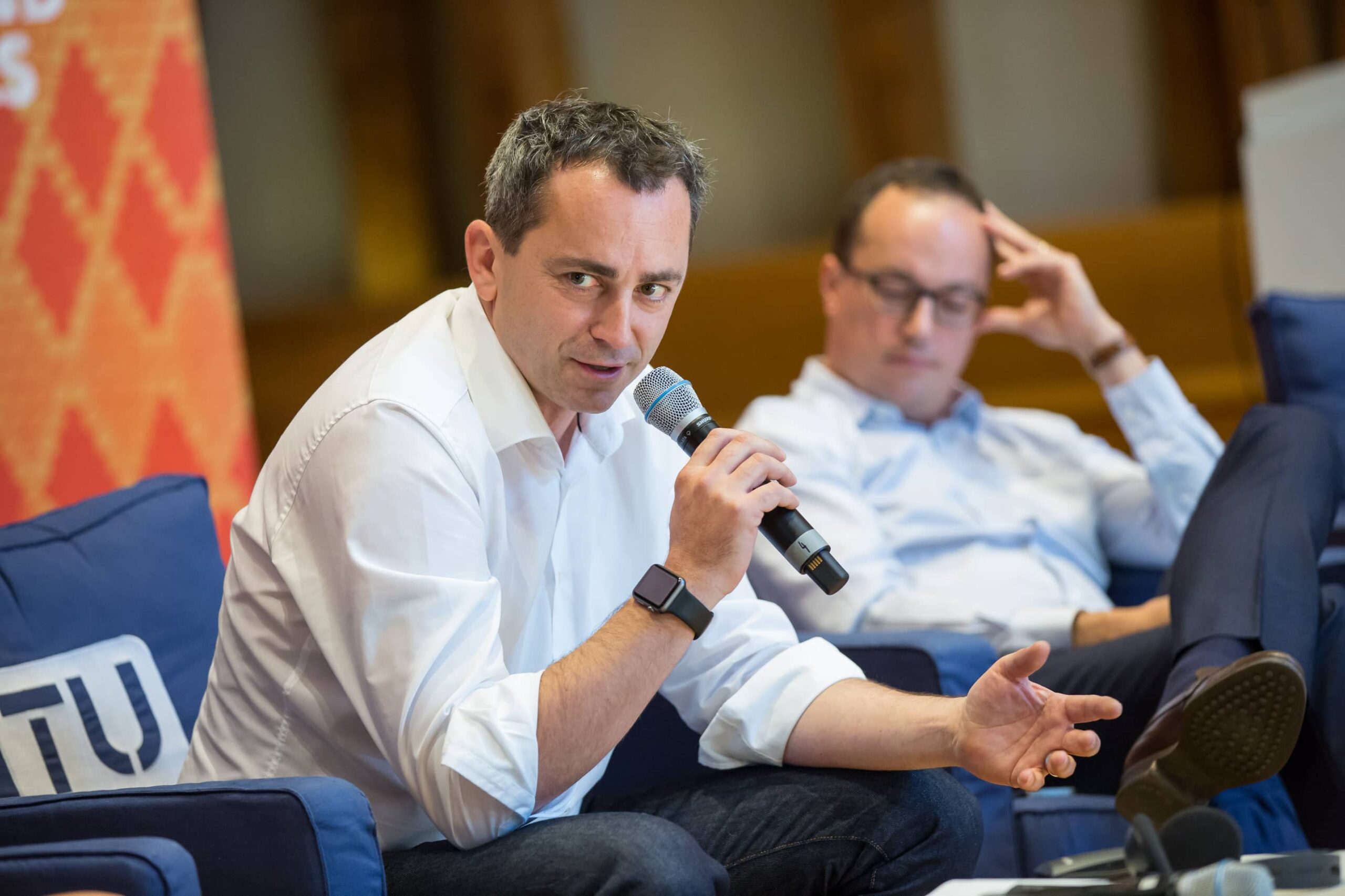

Inventing the future of urban highways
For many years, urban development and highway development have gone hand in hand. The Fordist model that shaped our cities is based on the development of large integrated industry in the second half of the 20th century. Peri-urbanization is one of the immediate consequences of this phenomenon, as it satisfies a significant need for affordable land. This spatial redistribution has inspired the construction of major transport infrastructure (roads, motorways, railways) to supply newly-established industries on the outskirts of the city with raw materials, manpower, and energy.
While motorways were previously symbols of the economic development of metropolitan areas, they are increasingly assessed in light of their negative externalities, so much so that the future of cities seems to want to pull away from highways and expressways. There are many international examples of highway deconstruction that seem to demonstrate this: in Seoul, the conversion of the Cheonggyecheon Expressway has made it possible to recover a formerly buried river, while Portland has transformed its Harbor Drive freeway into a park… Is this trend an emblem of the disunity between cities and highways, or the sign of a system the limitations of which are coming to light?
In Paris, experts and public authorities are betting on motorway optimization and innovative solutions to limit congestion, rather than destroying a network that is now essential to the daily movement of 4 million people. During the Building Beyond festival, La Fabrique de la Cité explored the future of urban motorways in the Paris region alongside writer and columnist Aurélien Bellanger, Sylvain Cognet (Forum métropolitain du Grand Paris), and the New Deal consortium, as represented by David Mangin (architect), André Broto (VINCI Autoroutes), Carles Llop (architect) and Jean Coldefy (independent expert). This exploration was followed by an overview of the services required for these infrastructures to function optimally, with Emmanuel Daubricourt (Cyclops.ai), and Marc-Antoine Ducas (Netlift).
Aurélien Bellanger defines these highways as “fake maps of the territory, blending the hostility and grandeur of the city”. Driving on such roads often makes one feel lost in them. They bypass metropolises, sometimes splitting them in half. Although urban highways are hated for the visual, noise, and sanitary pollution generated by car traffic, they are nonetheless essential to many people. “80% of the users of the Paris ring road are not Parisians“, says engineer and mobility expert Jean Coldefy. “How could they do otherwise? Paris has lost 400,000 inhabitants in fifty years to its periphery, but the capital alone accounts for 40% of regional employment”.
This reminder raises the difficult equation of the future of this infrastructure, discussed during the second Building Beyond festival. The future of mobility depends, on the scale of the capital region, on the resorption of the 400 kilometers of daily traffic jams comprised of cars, the vast majority of which carry only one passenger. The controversy born of the closure of roads on the banks of the Seine has rekindled the debate and prompted an international consultation under the aegis of the Forum métropolitain du Grand Paris. Thinking this “masterly network, of which the ring road is only one link”, underlines the Director General of the Forum Sylvain Cognet, raises four major issues: “the treatment of flows, the fight against negative externalities, the integration of these road infrastructures into the urban landscape, and finally the temporal and financial feasibility”.
A “New Deal” to rethink the urban highways of the Greater Paris area
Divided into two deadlines – 2030 and 2050 –, the temporality of this foresight exercise is similar to the method: gradual. “New mobilities are emerging but the public authorities are not prepared for it”, continues Sylvain Cognet. “For us, it is a question of anticipating them and developing a common culture.” This approach is also that of the promoters of the New Deal for the Greater Paris expressways, one of the four projects in contention for the redevelopment of the Île-de-France road network, of which Leonard is a partner. “Renovating and adapting without demolishing or adding”, insists architect and urban planner David Mangin, a partner in the project. This New Deal aims to reduce road traffic on the roads by 50% while providing new mobility solutions for those who have no other option than the private car. “Highly-serviced motorway buses, like those deployed in Madrid” will be able to carry some 8,000 passengers per hour from 2030, then 16,000 in 2050 on dedicated lanes, compared to just over 2,000 today.
The expressways themselves could take on a new face, thanks to the creation of dedicated lanes for public transport or even carpooling. This new network of dedicated lanes, which could welcome high-capacity public transport, will gradually reduce single occupancy vehicles traffic by up to 50% by 2050. In the long term, the freed space can be recovered and allocated to other uses.


"New Deal": the future roads of the Greater Paris Area
Multimodal nodes at the heart of new centralities
André Broto, Director of Strategy and Foresight at VINCI Autoroutes, emphasizes the importance of “bringing people to new ‘central squares’, where public transport entry points with many services are located”. These new places of exchange will articulate the territories of the greater metropolitan region and facilitate daily mobility. André Broto points out that these spaces “will be decisive in the design of the future urban network”. They will constitute “new districts of the Grand Paris Express or the shopping centers of the outer suburbs”, according to architect and planner Carles Llop.
The success of these interconnection stations depends on the reinforcement of the armature in Park-and-Ride lots. For Jean Coldefy, “a revolution is necessary when we know that Park-and-Ride facilities currently offer only 15,000 parking places for vehicles and barely 5,000 for bicycles”.


Flow management and densification: another looming revolution
The infrastructure revolution could soon be combined with a revolution in flow management through the use of artificial intelligence. Autonomous algorithms such as those developed by startup Cyclope.ai allow video streams from traffic cameras to be used to identify types of vehicles in operation, to detect incidents, and to measure traffic flows. “These tools offer prospects to assist the navigation of autonomous vehicles but also ensure the management of carpooling flows by detecting the number of passengers”, says Emmanuel Daubricourt, Head of Innovation and Business Development at Cyclope.ai.
In the meantime, the optimization of traffic on high-capacity roads requires a reduction in solo-driving. The New Deal roadways thus aim to promote the democratization and perpetuation of carpooling by prioritizing multiple-occupancy vehicles. This incentive process is not insignificant, as it would allow carpoolers to reduce their travel time. Faced with the failure of short-distance carpooling solutions to really reduce peri-urban motorway traffic, Marc-Antoine Ducas highlights that the solution cannot be only infrastructural: it is first and foremost land-based and depends on cities’ ability to guarantee parking spaces, at competitive costs, for car-sharers with a high vehicle load factor.
The future of urban highways cannot be reduced to the mere subject of infrastructure. It cannot be separated from the question of usage and from mobility services.


"Quel avenir pour les autoroutes urbaines ?" (In French)
These other publications may also be of interest to you:
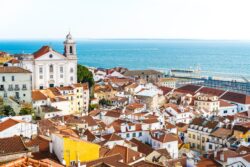
Lisbon beyond the Tagus
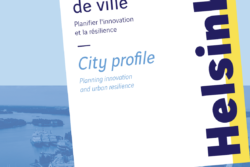
Helsinki : Planning innovation and urban resilience
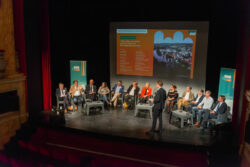
Back from Cahors
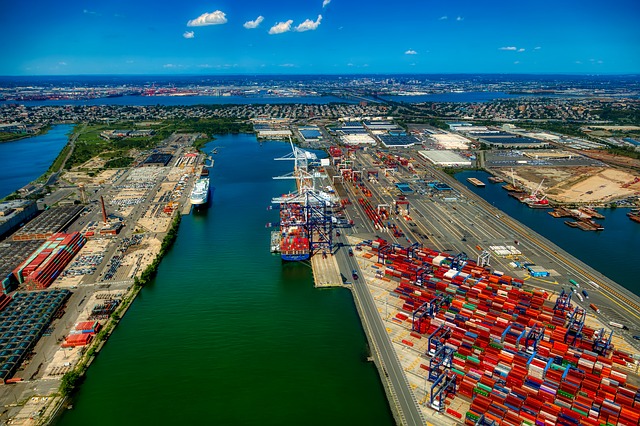
Rebalancing
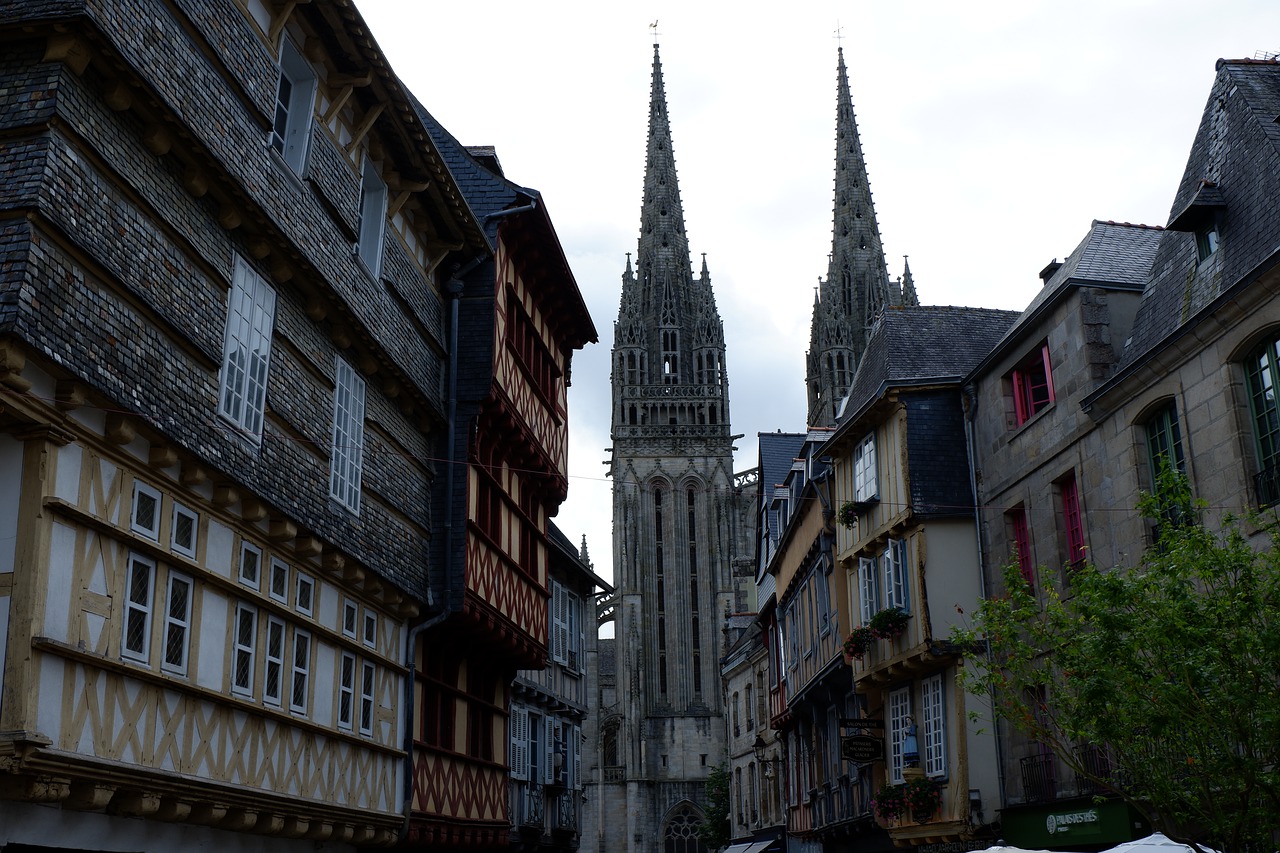
Size, Network and People
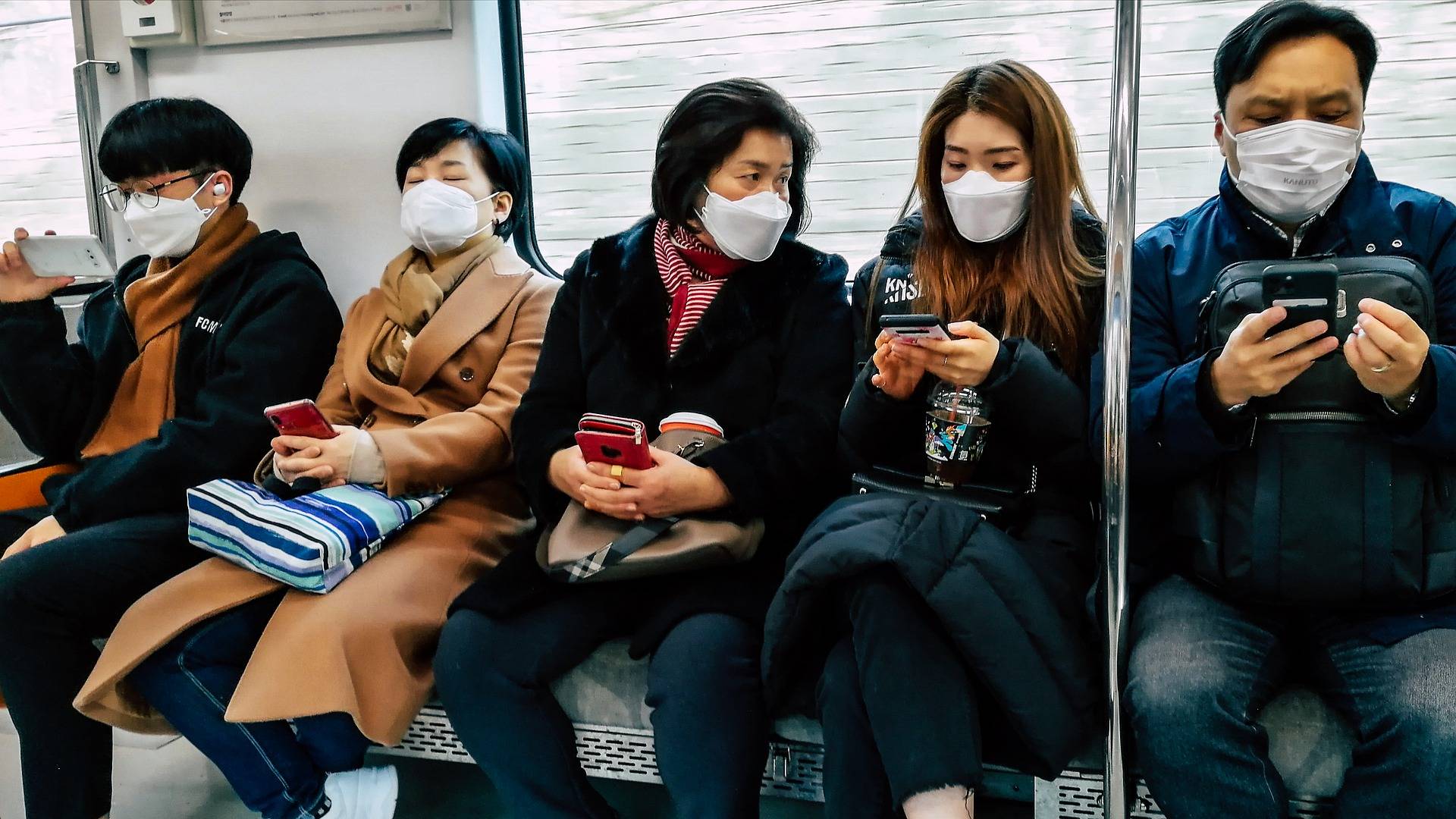
Sending out an SOS

Behind the words: telecommuting
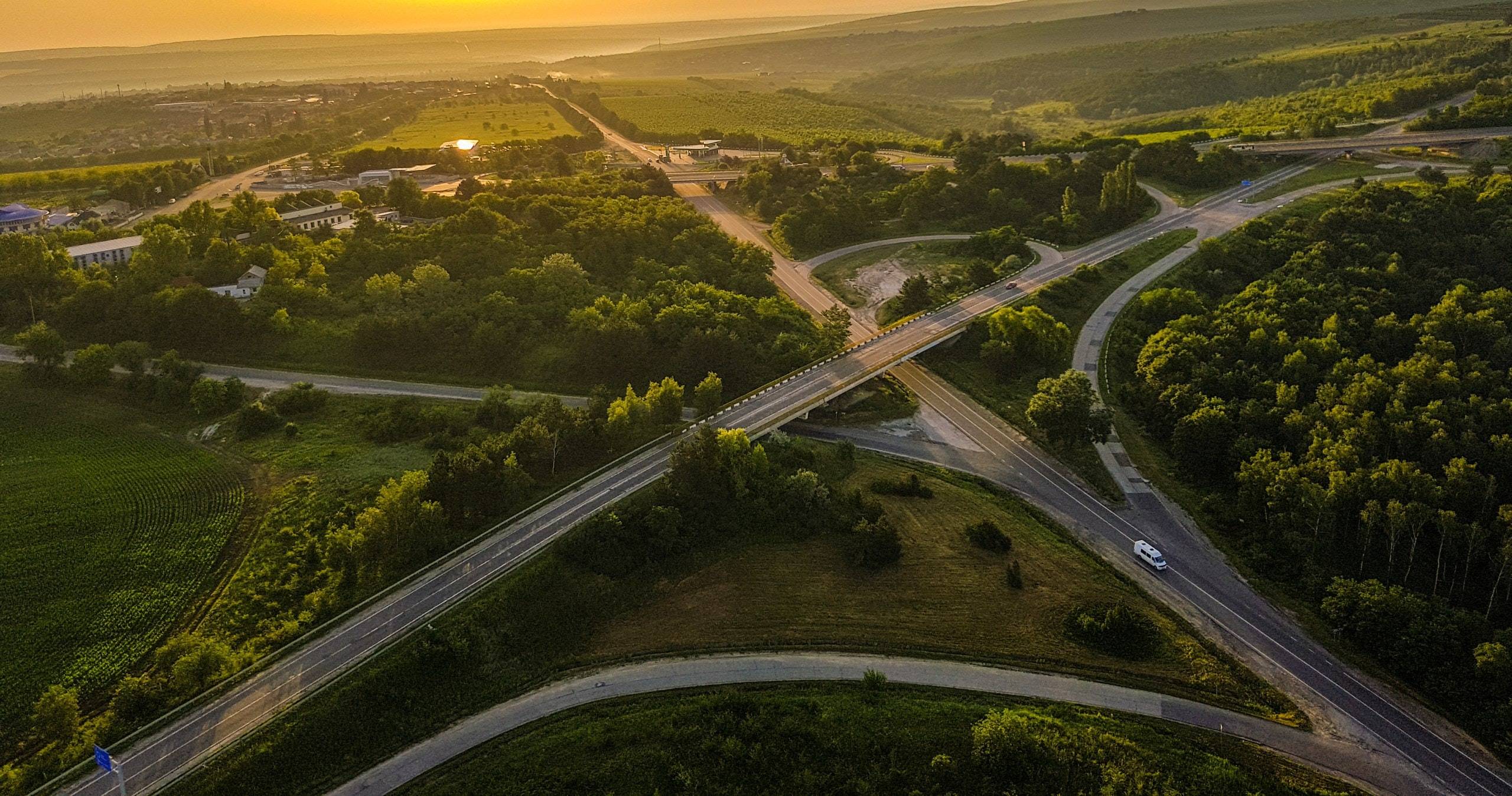
Behind the words: urban congestion

Toronto: How far can the city go?
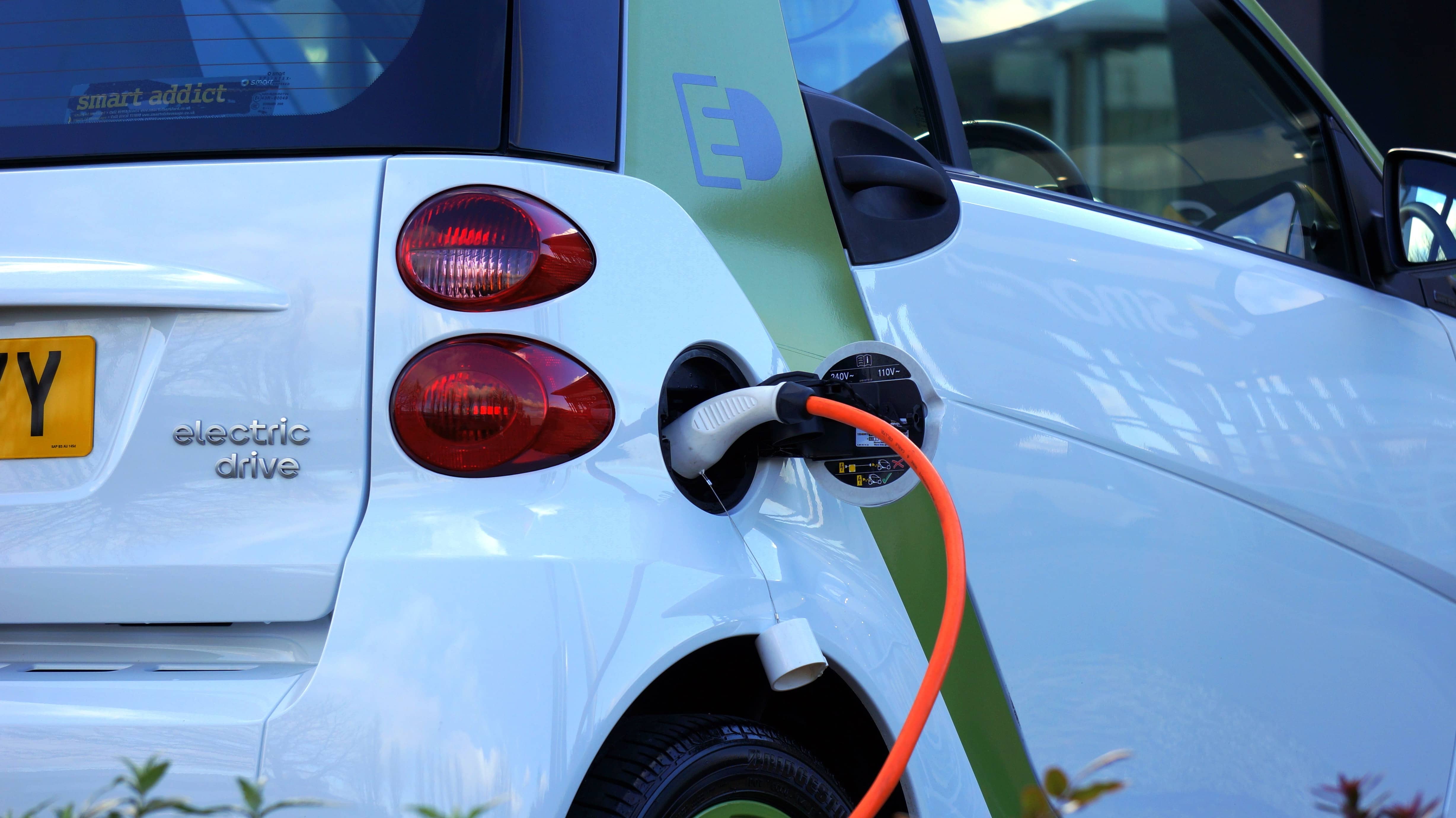
The political and technological challenges of future mobilities
La Fabrique de la Cité
La Fabrique de la Cité is a think tank dedicated to urban foresight, created by the VINCI group, its sponsor, in 2010. La Fabrique de la Cité acts as a forum where urban stakeholders, whether French or international, collaborate to bring forth new ways of building and rebuilding cities.














